Citroen Basalt vs C3 Aircross: What's Different?
The Citroen Basalt, which will go on sale in India in the second half of 2024, will compete against the soon-to-be-released Tata Curvv.

Citroen recently unveiled the Basalt, its fourth car under the C-Cubed programme, after the C3, eC3, and C3 Aircross. The coupe-SUV was showcased as a concept, but the manufacturer indicated that the production model would be available in India by the second half of this year. Upon its release, the car will compete primarily with the upcoming Tata Curvv. It will also serve as an alternative to vehicles such as the Hyundai Creta, the Honda Elevate, the MG Astor, and the Skoda Kushaq. While it's too early to make predictions at this point, the new Citroen SUV is likely to be reasonably priced, starting at about Rs 8 lakh (ex-showroom). It will be manufactured in India and exported to South American countries.
In terms of design, the Basalt looks to be inspired by its siblings the C3 and C3 Aircross. In this article, we'll look at the similarities and differences between the upcoming model and the current C3 Aircross.
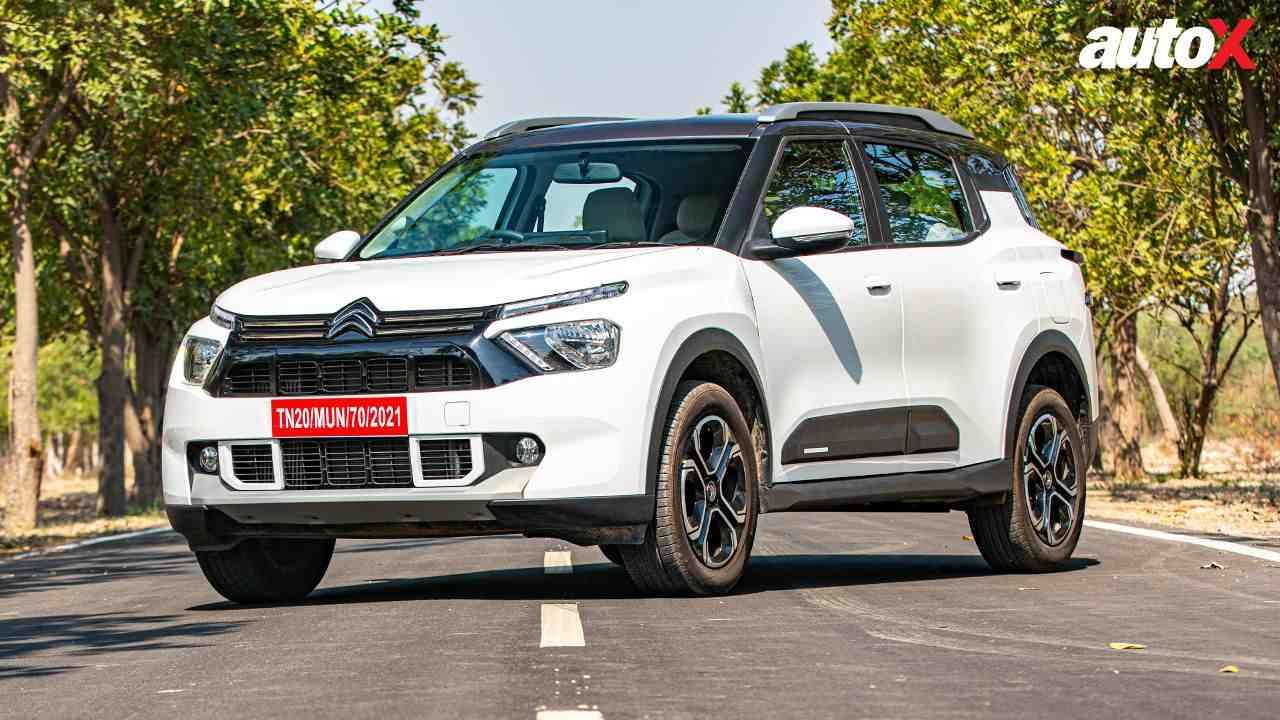
Citroen Basalt vs C3 Aircross: Exterior
When viewed from the front, the Basalt and the C3 Aircross look nearly the same. However, there are a few slight yet substantial differences between the two Citroen vehicles. The Basalt coupe-SUV is equipped with projector headlamps that are smoked out, in contrast to the halogen headlamps on the C3 Aircross. Although there hasn't been a formal announcement, projector headlamps are expected for the C3 Aircross. The two-part grille of the cars has inlays finished in different hues. The trim that runs between the Chevron badge and the upper grille on the C3 Aircross is painted in black. In contrast, the Basalt has a trim with a body colour finish.

Up until the front door, the body panels of the C3 Aircross and the Basalt coupe-SUV are similar; after that, their unique characteristics take over. The C3 Aircross resembles an MPV in appearance. The SUV with three rows of seating is long and upright, with a dual-tone paint job that gives the roof a floating impression. There is extra cladding on the bottom of the doors, and the glasshouse is slightly bigger. Talking of the Basalt, the roofline softly slopes downward, and the window line is pushed towards the rear. The short rear portion makes the shoulder line look more prominent. The wheel arches are covered with gloss-finished, squared-out coverings on the newly announced Citroen coupe-SUV, however, the door claddings are absent. The C-pillar extension is a bit distinct, and the roof does not offer a similar floating look with a tone-tone colour. Although the two models employ different alloy wheels, they share pull-type door handles.
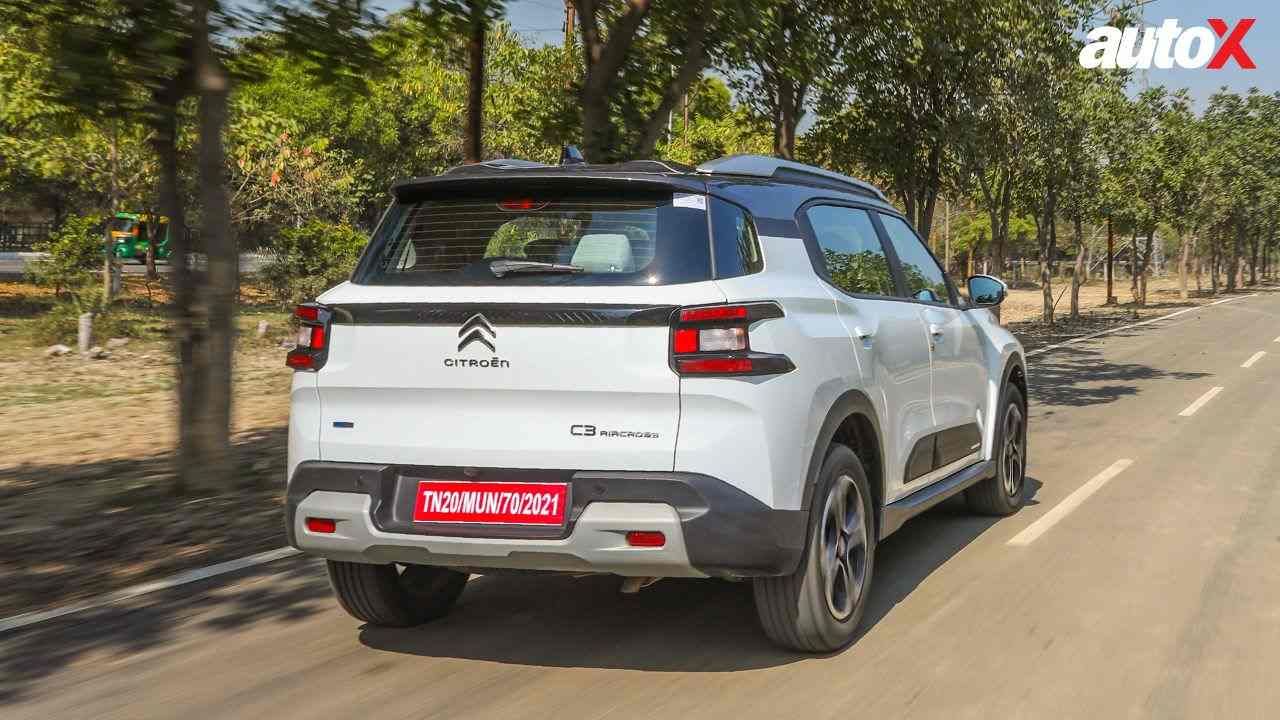
The C3 Aircross and Basalt are different from the rear owing to different rooflines. Talking of the C3 Aircross, the SUV has a wraparound windscreen, a small rear quarter window, and an upright tailgate. There is a dual-tone bumper at the bottom and a black trim linking the C-shaped taillamps.
The Basalt, on the other hand, possesses a notchback design. The boot lid looks taller than the bonnet, and is thick and short. The rear windscreen isn't wrapped around, while the tailgate is a little curved. The taillights are bigger and include new LED signatures. However, the rear bumper design is identical to the C3 Aircross.
Citroen Basalt vs C3 Aircross: Interior and Powertrain
The Basalt's interior is yet to be revealed by Citroen, but market rumours indicate it will be similar to the C3 Aircross. The new vehicle will likely include a large touchscreen infotainment system, electric ORVMs, automatic climate control, a 3-spoke steering wheel, a wireless charging pad, a digital instrument cluster, and cooled front seats.
The production-spec Basalt is anticipated to be propelled by the same 1.2-litre turbo-petrol motor as the Citroen C3 and C3 Aircross. The engine has a maximum power rating of 108bhp and a peak torque of 189Nm using a manual or automatic transmission. While the firm will not offer a diesel engine, it might introduce an electric variant of the car in the near future. It is anticipated that additional information regarding the Basalt will become available by mid-year.
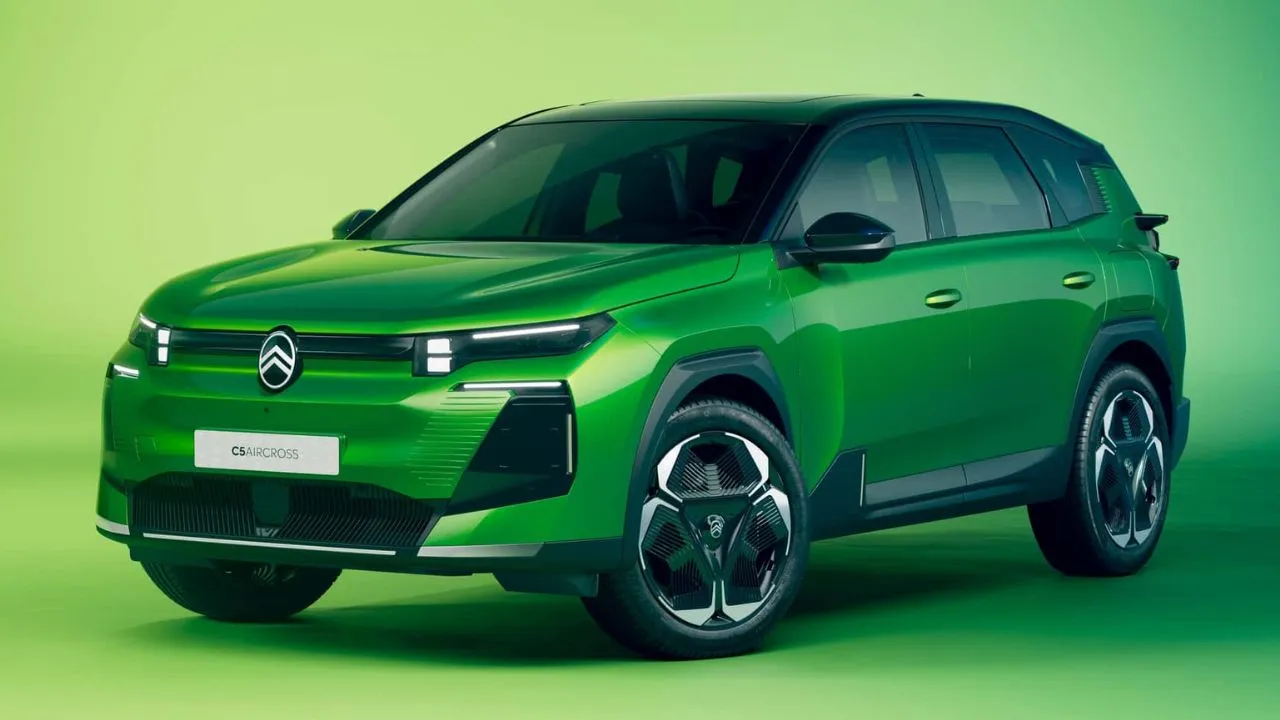



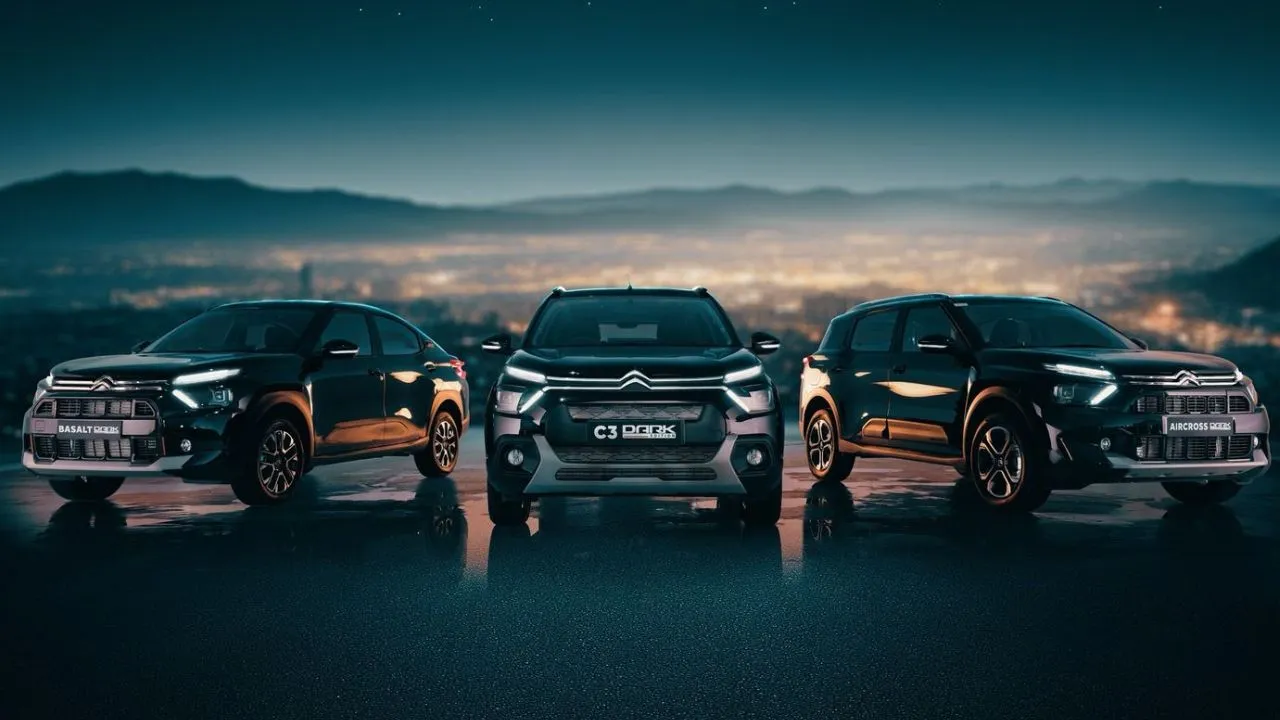
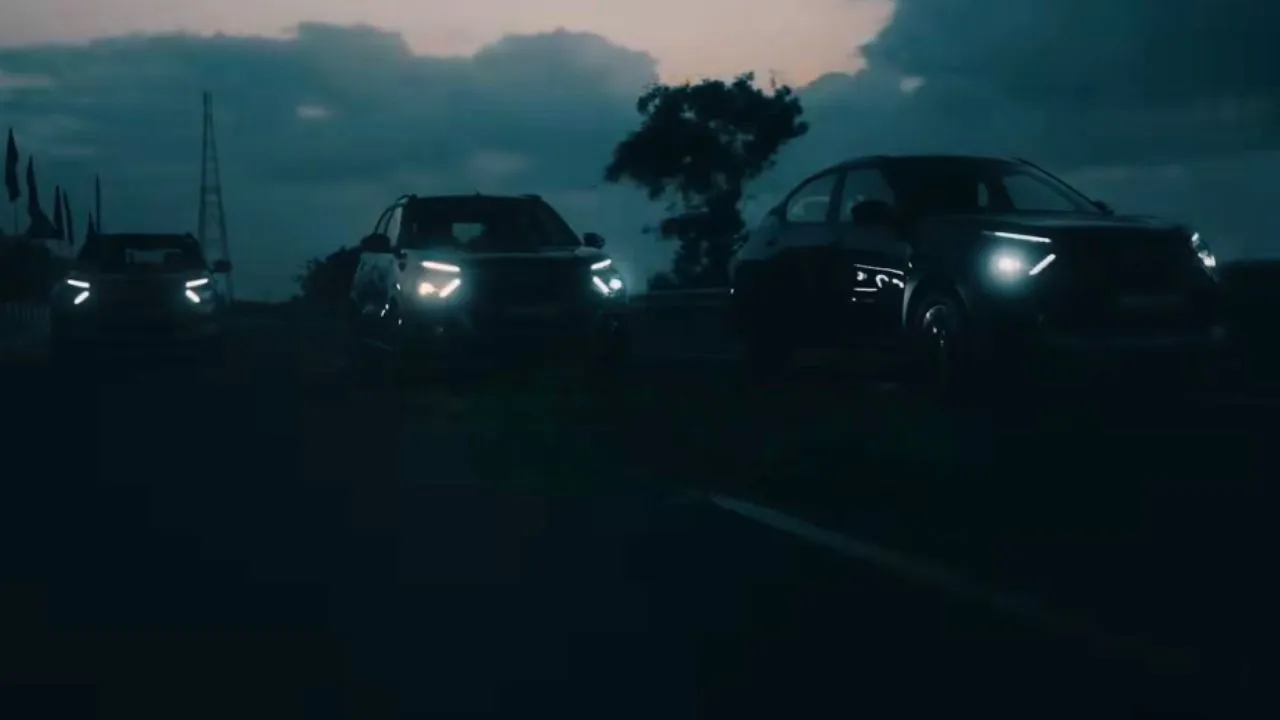


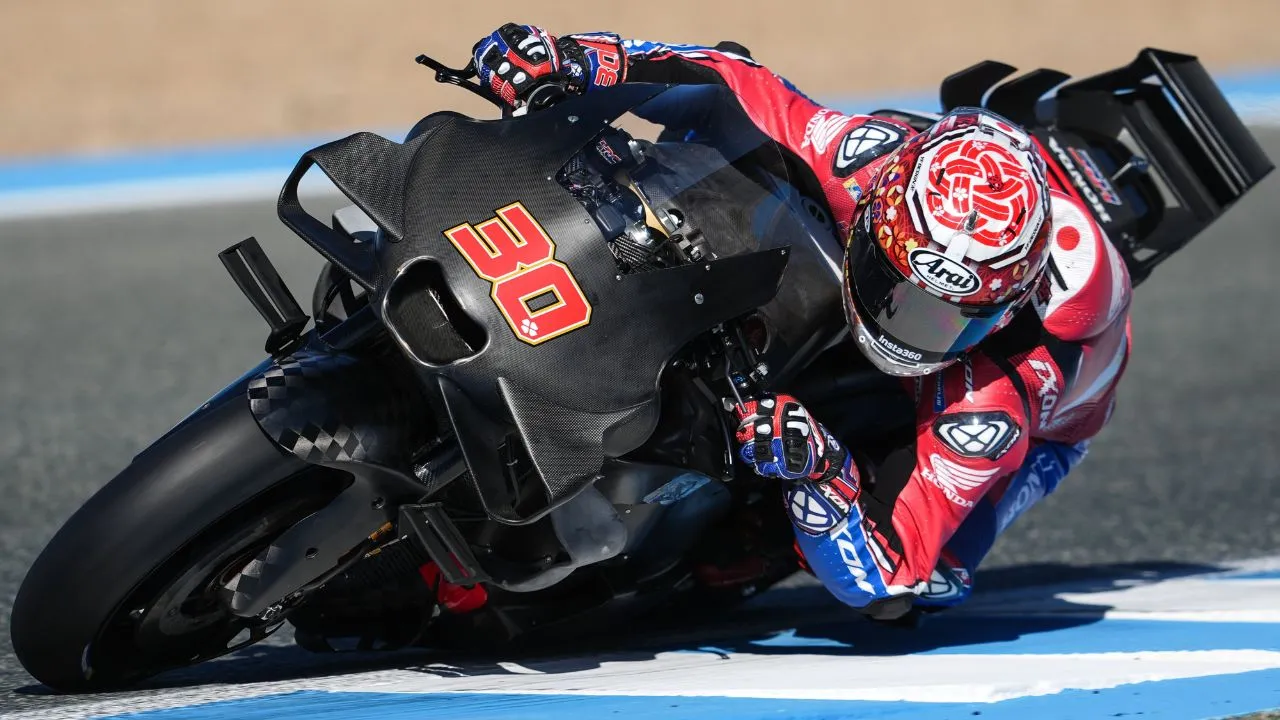
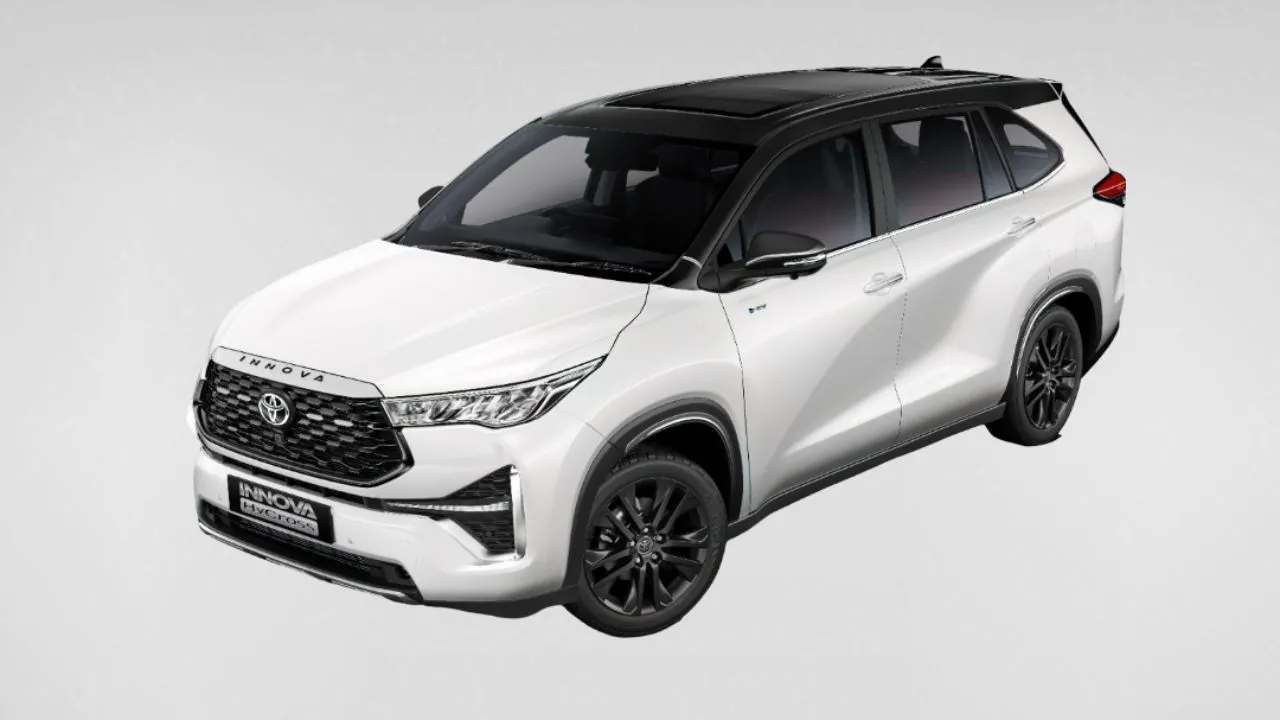















Write your Comment on